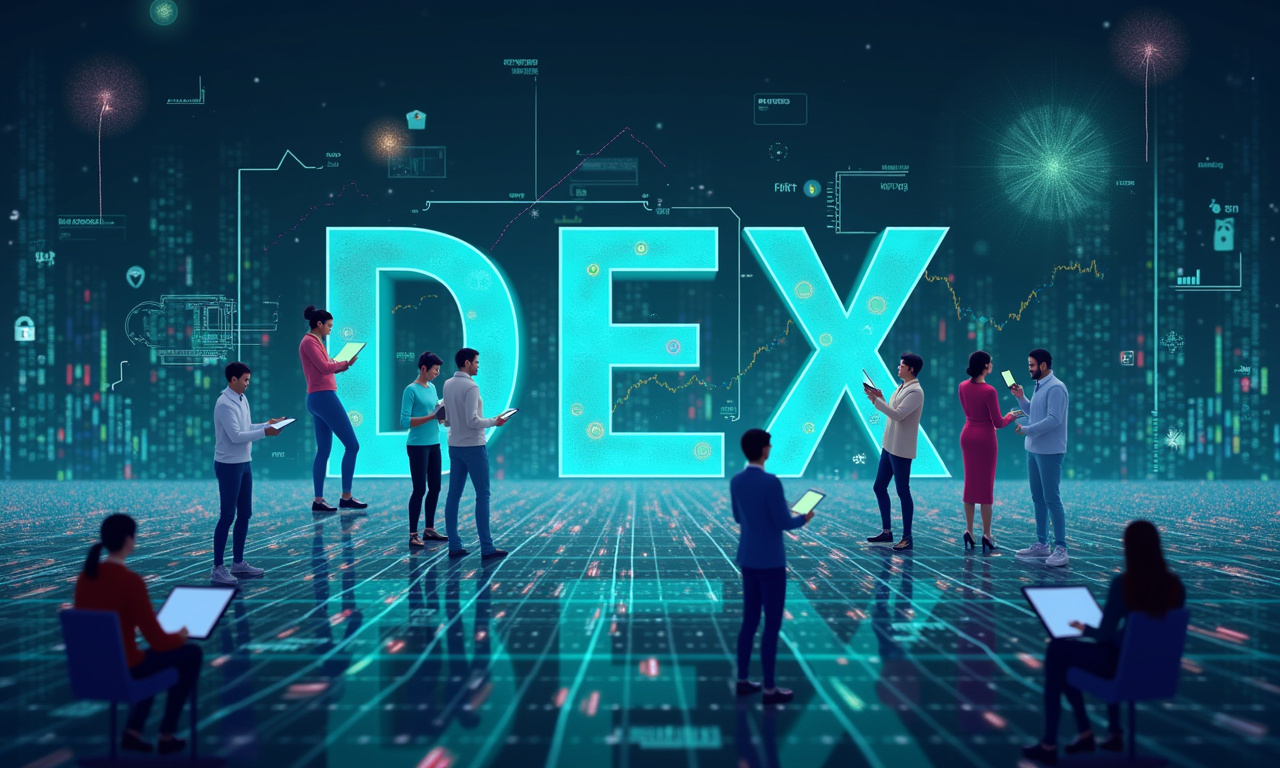DeFi.Decentralized Finance.The long-awaited promise of a financial system liberated from established intermediaries. For all its promise, DeFi is still frustratingly out of reach for the masses. We’re really talking about fewer than 5% of crypto users ever going for a swim in these waters. Why? Because it's complicated. You’d have to have a PhD in blockchain to understand how to safely go into the yield farms and liquidity pools.
Enter DreamCash, which is positioning itself to be the first to offer a “zero-threshold” experience. Built on Hyperliquid, it’s focus is to democratize DeFi to the masses, especially those 490 million sleeping crypto users. The only question left is, can they do it? Or are we simply seeing yet another passing phase in the perpetually turbulent crypto ecosystem?
Is Zero-Threshold Really Sustainable?
The allure of zero-threshold is obvious: make DeFi as easy as using your favorite mobile banking app. Ease-of-use often comes at a cost. How can DreamCash make money when providing such a frictionless experience? What are the underlying fees? Are they transparent? Equally as important, are these revenue models sustainable long-term?
Think of it like this: offering a free flight sounds amazing, but if the airline's business model involves selling your personal data to the highest bidder, or if it goes bankrupt in six months, then the free flight suddenly doesn't seem so appealing.
We can’t just take this at face value, we need to know what’s going on behind the curtain. To bring in new users, a points-based rewards program promising future airdrops can work wonders. It’s not going to keep your business alive over the long-haul. What happens when the points run out? Will users stick around?
Is Differentiation Really Present?
DreamCash isn't operating in a vacuum. Yet the competitive landscape is indeed hot. Even established fintech giants such as PayPal and Revolut are competing for your attention against crypto’s new simplified onboarding partners like Coinbase. These companies have user bases in the hundreds of millions if not billions, brand recognition, and deep pockets.
DreamCash says it wants to democratize access to allow anybody to implement high-tier trader strategies. That's a bold claim. After all, Coinbase has created a platform for simplified trading, and PayPal is just starting to test the waters with crypto. What truly differentiates DreamCash? Or is it just another simplified trading platform with a prettier design?
The Hyperliquid integration is equally fascinating, providing sub-second latency and extremely high order capacity. But how dependent is DreamCash on Hyperliquid? What if Hyperliquid runs into serious technical problems, or a rival comes along with better infrastructure? Taking a one-shot approach is almost never a formula for enduring, long-term success.
A.I. Just a Marketing Buzzword?
AI amplification is a core value proposition. The “DeFAI” trend is accelerating and DreamCash is making its play on the application layer, where user experience is key. Let's be honest: AI is the hottest buzzword in tech right now. Everyone is just AI this, AI that, without any thought if it actually brings any value, or if it’s even a good fit.
DreamCash will have to provide specific information on AI and how it’s being used to improve the user experience. Is it providing personalized investment recommendations? Is it automating complex trading strategies? Or is it simply a glorified chatbot that fields mundane inquiries?
Consider the parallel with self-driving cars. Years ago, the hype was immense. Now, we’re coming to terms with the fact that true autonomy is still decades from fruition. AI in DeFi might be in for the same reality check.
A Cautiously Optimistic Future?
With its multi-hundred million user base, DreamCash could become the largest entry point to DeFi ever. More seamless user experiences are without question the key to unlocking the next wave of DeFi growth. Potential doesn't guarantee success.
DreamCash faces significant challenges: sustainability, competition, regulatory scrutiny, and the risk of overhyping AI. Until then, we need to see a lot more clear proof of its value proposition before we declare it a game-changer.
The future of DreamCash hinges on its ability to deliver on its promises, build a sustainable business model, and navigate the ever-evolving regulatory landscape. It might turn into a us-only Hyperliquid killer, or it might be what gives millions more access to DeFi. Only time will tell. For the time being, a great deal of skepticism is called for. We’ve witnessed too many crypto trends overhype and underdeliver. Here’s to DreamCash being another one of those …




